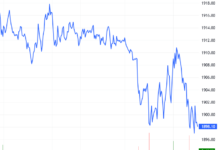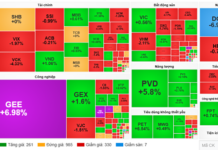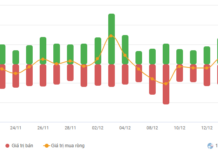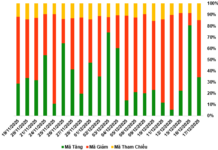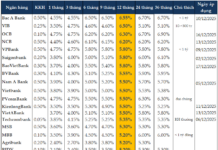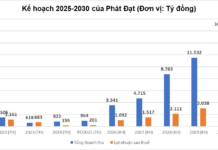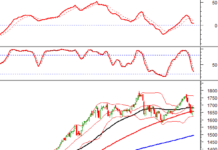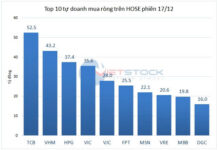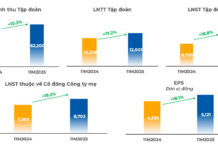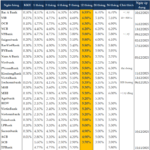According to recent data from the Vietnam Association of Realtors (VARS), subdivided land plots in regions across the country have attracted increasing interest from investors. In suburban areas of major cities, localities with strong infrastructure development and rapid urbanization have witnessed a notable surge in search volume.
Successful transaction prices have declined by 20-30% compared to the peak of the boom, but they have stabilized and show no signs of further decline. Some subdivided land areas have even shown signs of a price increase of around 5%. In particular, areas on the outskirts of Hanoi and Ho Chi Minh City, adjacent to industrial zones, have recorded increases of over 10% compared to the pre-Tet period.
Specifically, subdivided land in the northern midland region has seen an absorption rate of over 40%. Primary prices have not fluctuated much. Auctioned land, land plots, and individual houses priced below 3 billion VND continue to show improved liquidity and prices.
In the North Central Coast region, the Hai Phong real estate market continues to show positive signs. Land plot and townhouse prices with an average value below 5 billion VND have continued to improve, with prices rising by 3-5% compared to the end of last year.
In Hanoi and its neighboring regions, land plot prices have stopped decreasing. Notably, land plots priced below 2 billion VND in the central suburbs, in provinces, and cities with legal guarantees, available infrastructure, and amenities have seen price increases of up to 40% compared to the most challenging market period.
In the Central Highlands, suburban land plots have started to attract investor interest, with transactions increasing at prices reduced by around 30-50% compared to the peak of the boom, especially subdivided land plots with complete legal documentation.
In Ho Chi Minh City and its vicinity, the land plot segment has not seen many fluctuations in the primary market. Secondary land plot liquidity has improved, concentrated in products with completed infrastructure and legal documentation, with prices increasing by around 3% compared to Q4/2023. The townhouse/villa segment has recorded price increases of about 2%-4% in the secondary market compared to the end of 2023.
In the Southwest region, VARS data indicates that there is almost no new supply of land plot projects due to legal issues. Demand is primarily for meeting actual housing needs. Transactions for completed townhouse projects remain slow. In Can Tho specifically, land plot prices have remained stable, showing a slight upward trend.
According to VARS, land plots and residential real estate are the two segments that have shown the most positive “movement” in Q1/2024. However, the market has also recorded some areas with “unfounded price increases.” In light of this development, VARS leaders have cautioned investors to exercise extreme caution to avoid the formation of “false” market fevers, which pose risks of instability while the market is still in the process of recovery.
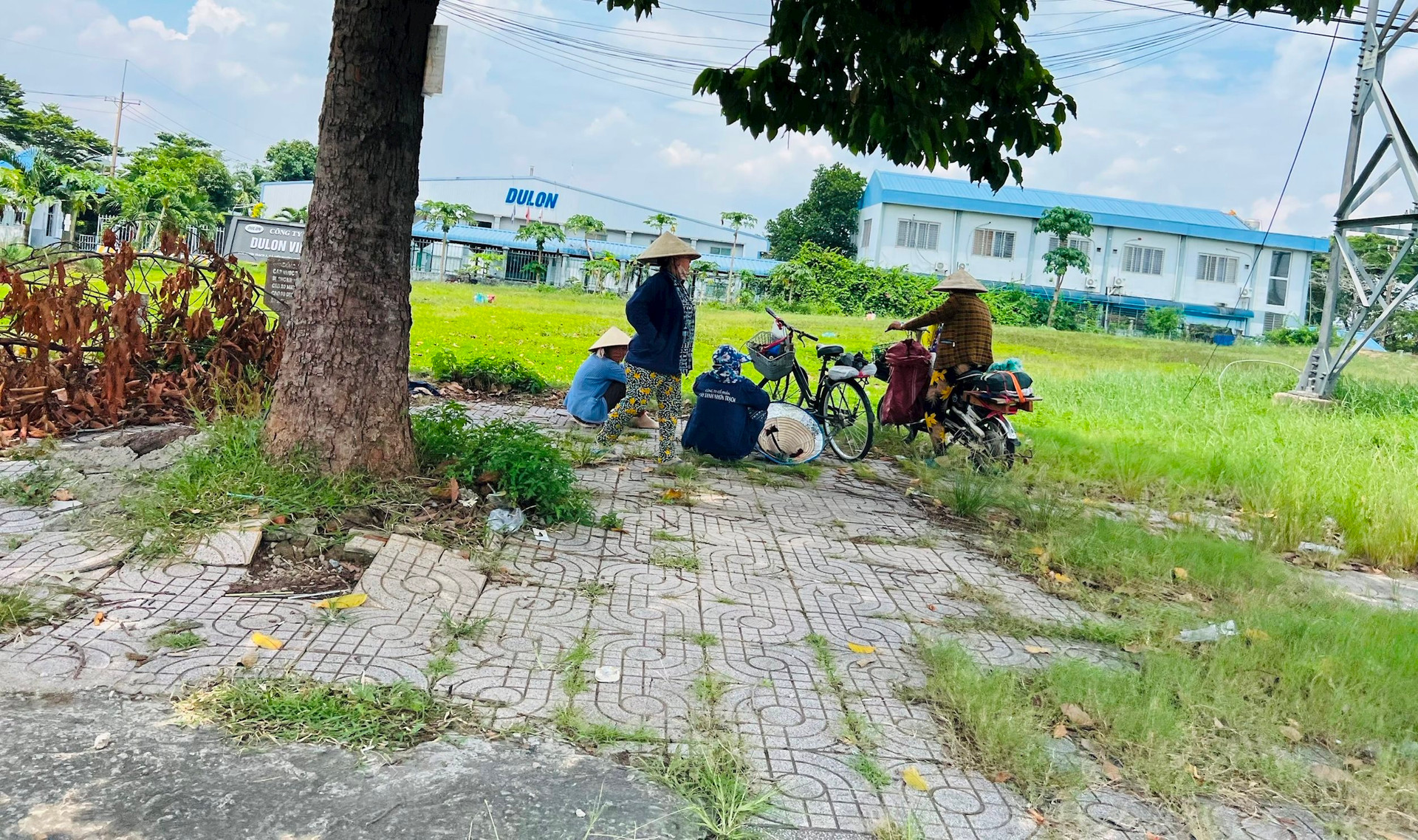
Photo: Tiểu Bảo
As of January 1, 2025, the amended Law on Real Estate Business, which prohibits the transfer of land use rights to individuals for self-construction of houses or subdivision and sale of land plots within the areas of wards, districts, cities of special, type 1, 2, and 3 urban areas, came into effect.
As of December 2023, there were 902 urban areas nationwide. Of these, there are 2 special-type urban areas, 22 type 1 urban areas, 36 type 2 urban areas, 45 type 3 urban areas, 95 type 4 urban areas, and 702 type 5 urban areas. Thus, the new regulation will prohibit the subdivision and sale of land plots in 105 cities, towns, and townships, an increase of 81 cities, towns, and townships compared to the current regulation.
Lawyer (LS) Tran Manh Cuong (Ho Chi Minh City Bar Association) analyzed that the current Law only prevents the subdivision and sale of land plots in wards of special type urban areas and type 1 urban areas directly under the Central Government; areas with high requirements for architectural landscape; central areas and areas surrounding architectural landmarks in urban areas; facades of regional-level and higher-level roads and main scenic roads in urban areas. The new regulation adds 81 more localities, so the land plot market in these areas will fluctuate significantly.
He believes that the tightening of regulations on subdivision and sale of land plots will reduce land plot trading activities in the coming time. As a result, the price of subdivided land plots with land use right certificates will likely increase. At the same time, it is not impossible that there will be attempts to “rush” to subdivide and separate land plots before the law officially takes effect.
Previously sharing his thoughts on this issue, Dinh Minh Tuan, Director of Batdongsan.com.vn in the Southern region, said, “In the initial stage, the market will be chaotic because currently, 90% of land plot transactions in the market are subdivided land plots. When tightened, this type of self-subdivided land plot will be “blocked,” and the supply in the market will become less diverse and narrower. However, in the long run, land plots will no longer experience “fevers” like before”.
According to experts, the tightening of subdivision and sale of land plots may reduce land plot trading activities in the short term, and the prices of available land plots may be pushed up. However, in the long run, this will help the market develop in a more transparent and sustainable direction, preventing speculation and land price fever. It will also help limit the waste of increasingly scarce and expensive land assets.
The following localities are prohibited from subdividing and selling land plots in the future:
The two special municipalities of Hanoi and Ho Chi Minh City will be subject to restrictions on subdivision and sale of land plots.
22 cities of type 1: Hai Phong, Da Nang, Can Tho, Hue City, Vinh City, Da Lat City, Nha Trang City, Quy Nhon City, Buon Ma Thuot City, Thai Nguyen City, Nam Dinh City, Viet Tri City, Vung Tau City, Ha Long City, Thanh Hoa City, Bien Hoa City, My Tho City, Thu Dau Mot City, Bac Ninh City, Hai Duong City, Pleiku City, Long Xuyen City.
36 cities of type 2 include provincial cities such as Phan Thiet, Ca Mau, Tuy Hoa, Uong Bi, Thai Binh, Rach Gia, Bac Lieu, Ninh Binh, Dong Hoi, Phu Quoc, Vinh Yen, Lao Cai, Ba Ria, Bac Giang, Phan Rang-Thap Cham , Chau Doc, Cam Pha, Quang Ngai, Tam Ky, Tra Vinh, Sa Dec, Mong Cai, Phu Ly, Ben Tre, Ha Tinh, Lang Son, Son La, Tan An, Vi Thanh, Cao Lanh, Vinh Long, Tuyen Quang, Soc Trang, Kon Tum, Di An, Yen Bai.
45 cities of type 3 include 29 cities: Dien Bien Phu, Hoa Binh, Hoi An, Hung Yen, Dong Ha, Bao Loc, Ha Giang, Cam Ranh, Cao Bang, Lai Chau, Tay Ninh, Bac Kan, Tam Diep, Song Cong, Sam Son, Phuc Yen, Ha Tien, Dong Xoai, Chi Linh, Long Khanh, Gia Nghia, Nga Bay, Thuan An, Hong Ngu, Tu Son, Pho Yen, Tan Uyen, Ben Cat, Go Cong.
16 towns are also prohibited from subdividing and selling land plots: Son Tay, Cua Lo, Phu Tho, Bim Son, La Gi, Song Cau, Long My, Tan Chau, Cai Lay, Quang Yen, Ky Anh, Binh Minh, Dong Trieu, Phu My, An Nhon, Kien Tuong.

